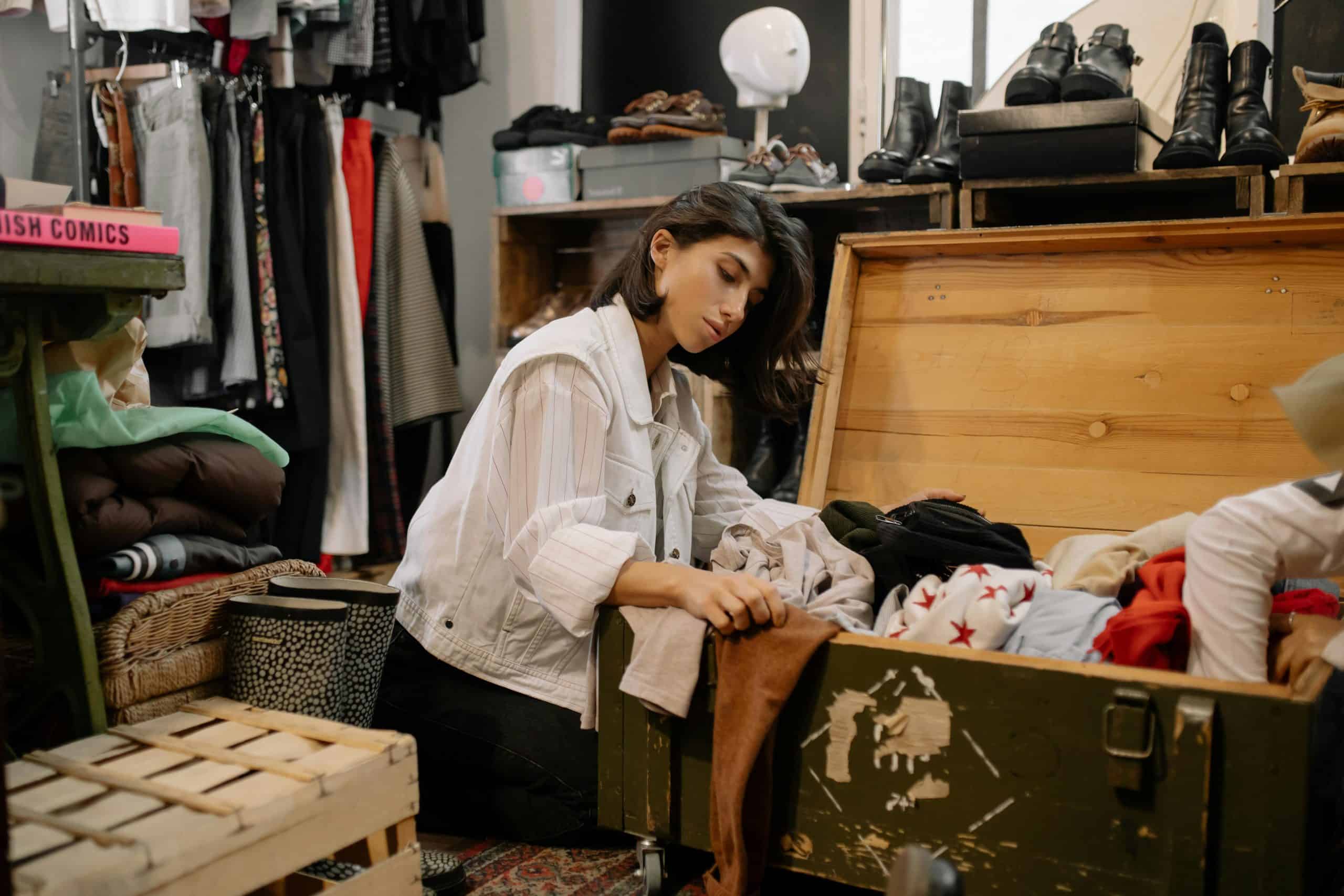The Ultimate Guide to Second-Hand Shopping: 9 Tips for Luxe Finds on a Budget
Let’s be honest here, walking into a thrift store can feel like stepping into a treasure maze where one person’s cast-off could be your next favorite piece. But here’s the thing nobody talks about: most people are doing it all wrong. Second-hand shopping isn’t just about wandering aimlessly through cluttered aisles hoping lightning strikes. It’s an art form that requires strategy, patience, and a little insider knowledge. Whether you’re hunting for that perfect vintage blazer or trying to furnish your home without maxing out your credit cards, these nine expert-backed tips will transform you from a hopeful browser into a savvy treasure hunter.
9 Tips for Second-Hand Shopping
Know Your Territory Before You Dive In
Here’s your first reality check: not all thrift stores are created equal! Some specialize in designer donations from affluent neighborhoods, while others focus on everyday essentials. Your job? Become a regular at the good ones!
Start by visiting local shops during off-peak hours just to get the lay of the land. Notice how they organize their inventory, what types of items they typically carry, and whether they have regular sales. This reconnaissance mission will save you hours of frustration later when you’re on a mission to find something specific during your second-hand shopping trip!
Hot tip: Upscale consignment shops often have the best designer pieces, but don’t sleep on smaller community thrift stores. They’re where you’ll find those unexpected gems at rock-bottom prices!
Create Your Hit List (And Stick to It)
When doing your second-hand shopping, and you’re walking into a thrift store without a game plan, it’s like grocery shopping when you’re starving. Everything looks good, and you’ll end up with stuff you don’t actually need. Keep a running list on your phone of items you’re actively seeking. Having this mental inventory helps you stay focused and prevents impulse purchases that seem brilliant in the moment but collect dust at home.
That said, leave some room for serendipity. The best second-hand shopping experiences happen when you find something amazing you didn’t even know you needed!
Master the Art of Touch and Feel
Your hands are your best quality-control tools when thrifting. Seriously. That gorgeous sweater might look incredible on the hanger, but if it feels scratchy or cheap, it’s going to sit unworn in your closet.
For clothing, feel the fabric’s weight and texture. Natural fibers like wool, silk, and cotton age better and feel more luxurious than synthetic blends. For furniture and home goods, check for solid construction. A wobbly chair might be fixable, but a flimsy piece that feels like it could collapse isn’t worth your money, no matter how cute it looks.
Timing Is Everything in Second-Hand Shopping

The early bird gets the worm, and the consistent shopper gets the good stuff! New inventory hits thrift store floors constantly, which means yesterday’s picked-over selection could be tomorrow’s goldmine.
If you’re hunting for something specific, make it part of your routine to check back regularly. Maybe that’s a quick stop twice a week, or browsing online listings daily if you’re shopping on platforms like Facebook Marketplace or eBay. The best finds often happen on random Tuesday afternoons, not during weekend shopping marathons when everyone else is out hunting too.
Get Smart About Online Second-Hand Shopping
Digital thrifting is where you can really get strategic! So, set up alerts for specific brands, styles, or items you’re seeking. Most resale platforms allow you to create searches that will notify you when something matching your criteria gets listed. Use multiple search terms for the same item. That mid-century modern chair you’ve been searching for might be listed as “vintage,” “retro,” “MCM,” or just “old chair.” Cast a wide net with your keywords, and you’ll catch more fish!
Know What You’re Actually Paying For
Just because something is secondhand doesn’t automatically mean it’s a good deal. Do your homework on pricing, especially for bigger purchases. That “vintage” designer bag might actually be a recent knockoff priced higher than the authentic version costs new. Use reverse image searches to identify items and compare prices across platforms. A quick Google search can tell you whether you’re looking at a $20 steal or a $200 rip-off. Generally speaking, thrifted items should cost significantly less than their retail counterparts. If you’re not saving at least 50% off the original price, keep looking!
Measure Twice, Buy Once
Returns at thrift stores range from difficult to impossible, so get your measurements right the first time! Bring a tape measure, and actually use it, because that adorable vintage dress won’t be so charming if it doesn’t fit, and that perfect accent chair is useless if it won’t fit through your doorway. When shopping online, ask for detailed measurements and multiple photos. Legitimate sellers won’t mind providing extra information, and if they do, that’s your red flag to move on!
Inspect Before You Invest
A little wear adds character, but major damage adds headaches. Check for stains, tears, missing buttons, or broken zippers on clothing. For furniture, look for structural damage, deep scratches, or signs of pest infestation. Some issues are easy fixes that actually add to the fun of thrifting. Others are money pits waiting to happen. Learn to tell the difference, and don’t let your emotions override your practical judgment.
Embrace Your Inner DIY Spirit
The magic of second-hand shopping often lies in seeing potential where others see problems! That solid wood table with an ugly finish? Strip and stain it. Those designer jeans that are two inches too long? Hem them. But be realistic about your skill level and available time. If you haven’t touched a paintbrush in years, maybe don’t commit to refinishing that entire bedroom set. Start small with projects like swapping out hardware or adding new throw pillows to a vintage chair.
Final Thoughts
Second-hand shopping isn’t just about saving money (though your wallet will thank you). It’s about curating a unique style that can’t be replicated by walking through any big-box store. With these strategies in your back pocket, you’ll spend less time digging through junk and more time discovering those perfect pieces that make people ask, “Where did you find that?”
Remember, the best thrifters aren’t just lucky. They’re strategic, patient, and know exactly what they’re looking for. Master these skills, and you’ll be amazed at what treasures you can uncover without breaking the bank!







